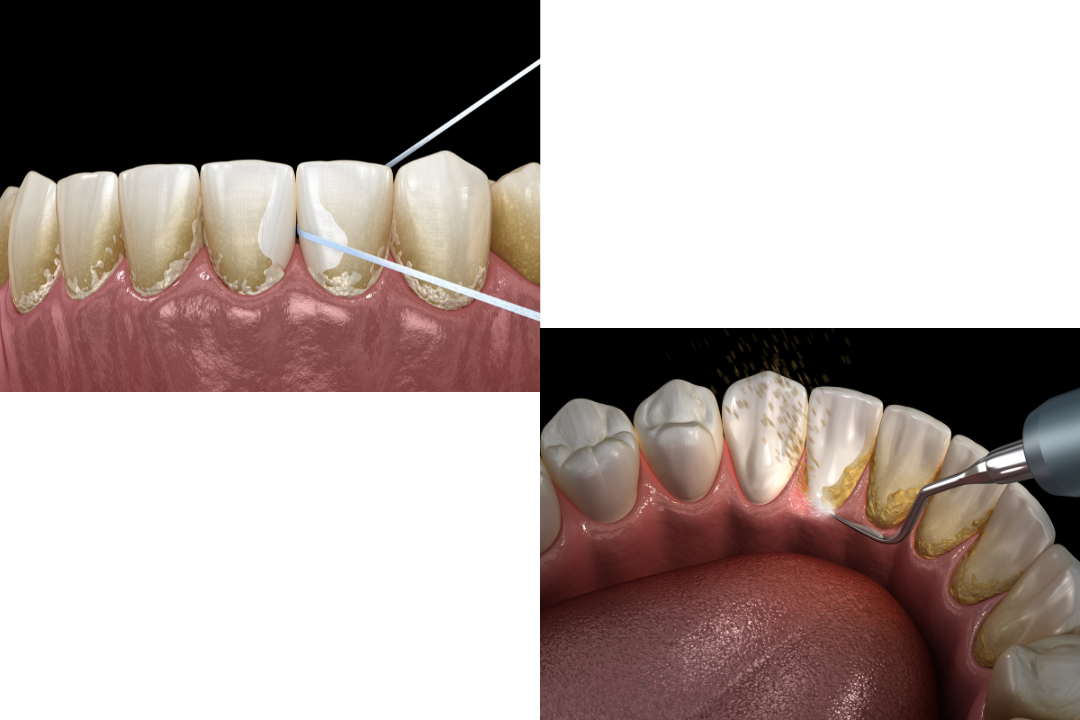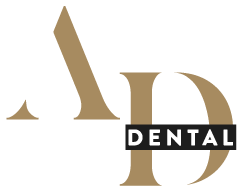Guide to removing dental plaque: ensure your teeth stay healthy
Dental plaque is not merely a cosmetic issue—it’s a serious health concern that often goes unnoticed until it leads to more severe dental and health complications.
This comprehensive blog will analyse effective strategies for the removal of plaque on teeth, discuss the importance of regular dental care, and answer some common questions regarding plaque and overall dental health.

Everything you need to know about dental plaque
What is dental plaque?
Dental plaque is a soft, sticky layer that builds up on your teeth and gums. It’s made up of countless bacteria that thrive on the sugars from your food. If you don’t clean it off regularly, it can lead to tooth decay and gum disease. Plaque starts forming right after you eat and, if not brushed away soon, it can quickly turn into tartar – within one to three days.
The composition and impact of plaque
Dental plaque is primarily made up of bacteria that feed on the sugars in your food. As they consume these sugars, they produce acids that can erode tooth enamel and lead to cavities. If plaque accumulates and isn’t removed, it can harden into tartar, which is tougher to clean and can irritate the gums. This irritation can progress from gingivitis, marked by red and swollen gums, to periodontitis, a more serious gum disease that affects the bones holding your teeth in place. This not only threatens your oral health but can also impact your overall health, highlighting the importance of regular dental hygiene practices like brushing and flossing.
Why Is plaque removal important?
Preventing dental diseases
Regular removal of plaque on teeth is vital to prevent the formation of tartar, a hardened form of plaque that is much more difficult to remove and can cause extensive dental damage. Effective plaque management helps maintain tooth integrity and gum health, significantly reducing the risk of developing cavities and gum disease.
Holistic health benefits
Beyond dental health, maintaining a plaque-free mouth can contribute to overall health. Research has linked oral bacteria and inflammation associated with periodontitis to several systemic diseases, including heart disease, stroke, and diabetes. Therefore, controlling plaque not only protects your oral health but also could have implications for your entire body’s wellbeing.
Tips for effective plaque removal
Brushing techniques
To effectively remove plaque, brush your teeth at least twice a day using a fluoride toothpaste. Employ a proper brushing technique: use a soft-bristled brush, hold it at a 45-degree angle to your gums, and use gentle circular motions. Focus on each tooth and ensure you reach back teeth, which are often neglected. If you want to find out more about brushing your teeth correctly, read our blog here!
Flossing and mouthwash
Flossing daily is crucial for removing plaque from between the teeth and under the gum line, areas your toothbrush can’t reach. For an extra layer of cleanliness, use an antimicrobial mouthwash which can help reduce bacterial load and flush out debris left after brushing and flossing.
Dietary considerations
Your diet plays a significant role in the formation of plaque. Sugary and starchy foods are the main culprits, as they provide food for bacteria, allowing them to produce harmful acids. Limiting these foods and opting for healthier snacks like raw vegetables, nuts, and cheese can help keep plaque at bay.
Regular dental clinics and scale & polish treatments
Regular visits to the dentist for cleanings are essential for maintaining dental health. During these visits, dental professionals can perform a scale and polish treatment, which involves removing tartar — hardened plaque that can’t be removed by brushing alone. This improves the health of your gums and the overall aesthetics of your teeth. Scaling involves scraping off tartar from above and below the gum line, while polishing helps smooth the surface of the teeth, making it harder for plaque to adhere. These treatments help prevent the progression of gum disease and maintain a clean, healthy mouth.
Conclusion
Effective management of dental plaque is essential for maintaining oral and overall health. Integrating thorough daily oral hygiene practices, regular dental visits, and mindful eating habits into your lifestyle can lead to significant health benefits.
Remember, prevention is key—take control of your dental health to ensure a healthy, vibrant smile. Stay informed, stay proactive, and partner with your dental care professionals to keep plaque at bay and safeguard your smile for the future.
FAQs
Plaque does not go away on its own. It must be physically removed through proper oral hygiene practices like brushing and flossing.
Some people may be more prone to plaque buildup due to dietary habits, oral hygiene practices, or individual differences in saliva composition and mouth bacteria.
It is not recommended to pick plaque off your teeth as this can damage the tooth enamel or gum tissue. Removal should be done with proper brushing and flossing techniques or by a dentist.
Once plaque has hardened into tartar, it can no longer be removed with standard home cleaning methods like brushing and flossing. It requires professional dental cleaning.
Attempting to scrape off tartar yourself is not advisable. This should be performed by a dental professional who has the tools and training to do it safely and effectively.


One comment
The Real Person!
13 September 2025 at 13:00
ProDentim – The Biggest Monster In The Dental Niche
Brand New Probiotics Specially Designed For The Health Of Your Teeth And Gums
ProDentim is unlike anything you’ve ever tried or experienced in your life before.
It’s the only product in the world with a unique blend of 3.5 billion probiotics and nutrients, specially designed to repopulate your mouth with good bacteria.
https://bit.ly/42pPjwH